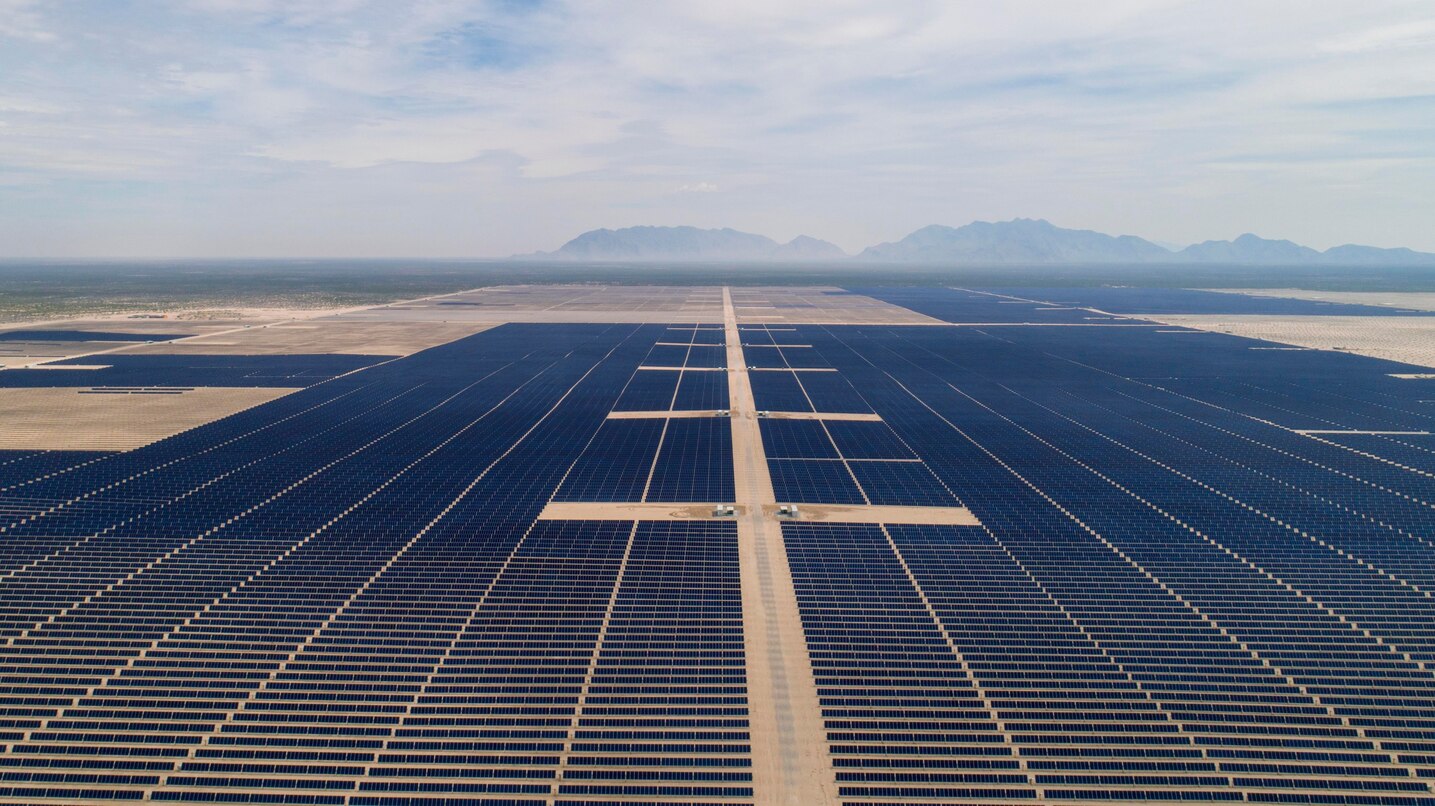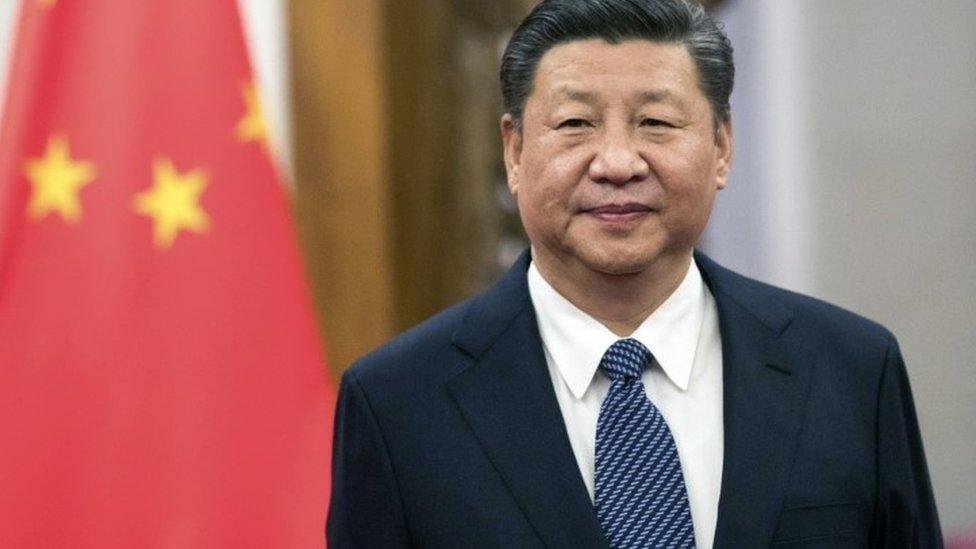- Courses
- GS Full Course 1 Year
- GS Full Course 2 Year
- GS Full Course 3 Year
- GS Full Course Till Selection
- Answer Alpha: Mains 2025 Mentorship
- MEP (Mains Enrichment Programme) Data, Facts
- Essay Target – 150+ Marks
- Online Program
- GS Recorded Course
- Polity
- Geography
- Economy
- Ancient, Medieval and Art & Culture AMAC
- Modern India, Post Independence & World History
- Environment
- Governance
- Science & Technology
- International Relations and Internal Security
- Disaster Management
- Ethics
- NCERT Current Affairs
- Indian Society and Social Issue
- NCERT- Science and Technology
- NCERT - Geography
- NCERT - Ancient History
- NCERT- World History
- NCERT Modern History
- CSAT
- 5 LAYERED ARJUNA Mentorship
- Public Administration Optional
- ABOUT US
- OUR TOPPERS
- TEST SERIES
- FREE STUDY MATERIAL
- VIDEOS
- CONTACT US
Nuclear Non-Proliferation Treaty (NPT) - 55 Years Since Coming Into Force
Nuclear Non-Proliferation Treaty (NPT) - 55 Years Since Coming Into Force
12-03-2025
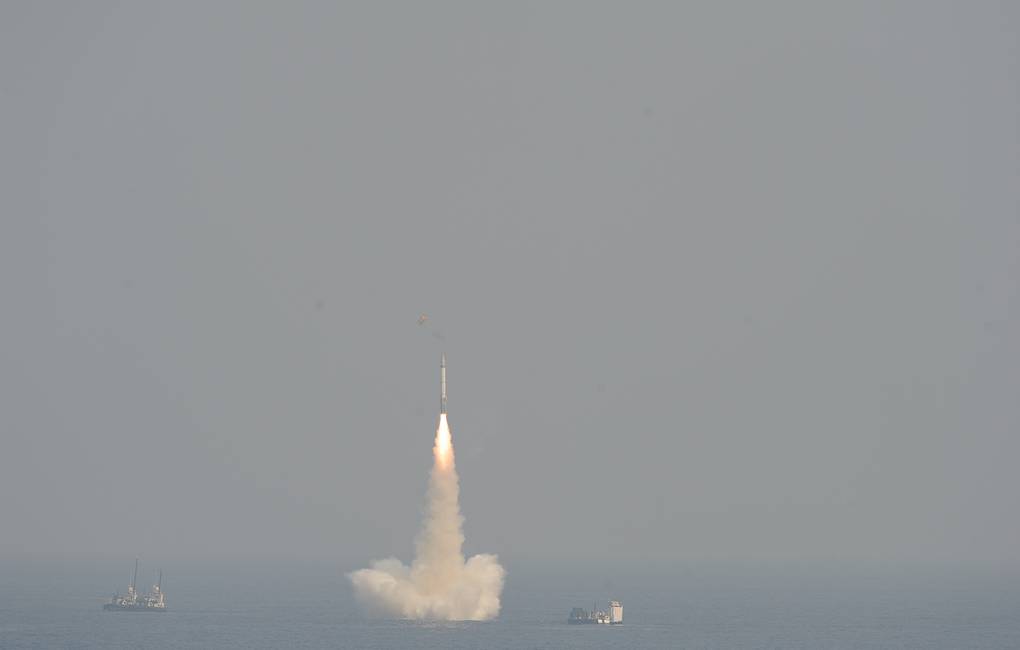
- The Nuclear Non-Proliferation Treaty is an important international agreement aimed at stopping the spread of nuclear weapons and promoting peaceful uses of nuclear energy.
- The treaty was created by the United Nations Disarmament Committee and came into effect on March 5, 1970.
- It has been signed by 191 countries, with the main goals of preventing the spread of nuclear weapons, promoting disarmament, and encouraging peaceful nuclear energy use.
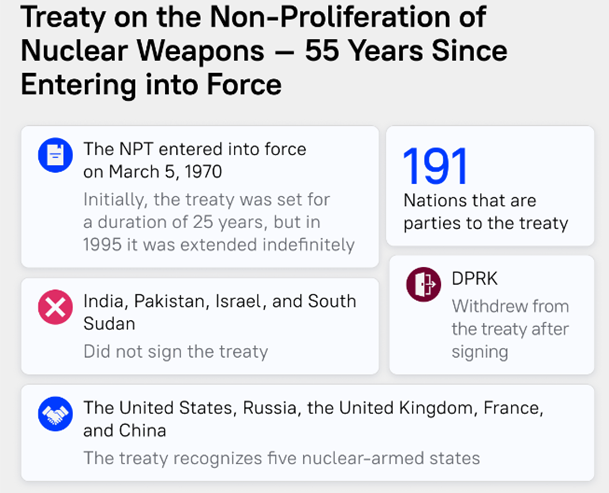
Key Provisions of the Nuclear Non-Proliferation Treaty (For Union Public Service Commission Examination):
- Definition of Nuclear Powers: A nuclear weapon state is defined as a country that has developed and tested a nuclear weapon or explosive device before January 1, 1967.
- The recognized nuclear powers under the treaty are:
- United States of America, Russia, United Kingdom, France, China.
- India, Pakistan, Israel, and North Korea are not signatories.
- The recognized nuclear powers under the treaty are:
- Non-Transfer of Nuclear Weapons:
- Nuclear powers agree not to transfer nuclear weapons or related technologies to non-nuclear states.
- Non-nuclear weapon states are not allowed to develop or acquire nuclear weapons.
- Peaceful Use of Nuclear Energy:
- The treaty acknowledges the right of all states to develop nuclear energy for peaceful purposes, provided that safeguards are in place to prevent its use for making weapons.
- The treaty acknowledges the right of all states to develop nuclear energy for peaceful purposes, provided that safeguards are in place to prevent its use for making weapons.
- Withdrawal Clause:
- A country may leave the treaty if extraordinary events threaten its national interests, but it must notify other parties and the United Nations Security Council three months in advance.
Key Developments and Review Conferences (For Union Public Service Commission Examination):
- 1995 Nuclear Non-Proliferation Treaty Conference: The treaty was extended indefinitely after an initial 25-year term.
- 2000 Nuclear Non-Proliferation Treaty Conference:
- Nuclear powers (United States of America, United Kingdom, France, Russia, China) committed to reducing their nuclear stockpiles.
- A 13-step disarmament plan was agreed upon but faced difficulties in being carried out.
- 2010 Nuclear Non-Proliferation Treaty Action Plan: Called for a Middle East nuclear-free zone and stronger verification measures, but no real progress was made on these issues.
- 2022 Conference:
- The conference was delayed due to the coronavirus disease 2019 pandemic and ended without a final communiqué.
- Upcoming 2026 Nuclear Non-Proliferation Treaty Review Conference: To be held in New York, this conference will be important for addressing new challenges like the AUKUS agreement and changing nuclear threats.
The Role of the International Atomic Energy Agency
- While the IAEA is not a party to the NPT, it is entrusted with key verification responsibilities under the Treaty.
- IAEA was created in 1957 under the United Nations to promote safe, secure and peaceful use of nuclear technologies.
- The International Atomic Energy Agency plays a key role in checking if countries are following the rules of the treaty. Under the treaty:
- Non-Nuclear Weapon States must sign a Comprehensive Safeguards Agreement with the International Atomic Energy Agency, ensuring that nuclear energy is only used for peaceful purposes.
- International Atomic Energy Agency's Contribution to Peaceful Uses:
- The International Atomic Energy Agency helps countries use nuclear energy for sustainable development, including in energy security, healthcare, agriculture, and water management.
- The International Atomic Energy Agency helps countries use nuclear energy for sustainable development, including in energy security, healthcare, agriculture, and water management.
India's Position on the Nuclear Non-Proliferation Treaty (For Union Public Service Commission Examination):
- India’s Opposition to the Nuclear Non-Proliferation Treaty:
- India views the treaty as unfair because it recognizes only 5 nuclear weapon states.
- India has never signed the treaty and conducted its first nuclear test in 1974 (“Smiling Buddha”).
- India’s Nuclear Strategy:
- India sticks to a No First Use policy, meaning it will only use nuclear weapons in response to an attack.
- Estimated nuclear warheads: India is believed to have around 160 nuclear warheads (as of 2023).
- India is concerned about the China-Pakistan Nuclear Axis and has developed advanced missiles (like Agni-V) and sea-based deterrents.
- India’s Civil Nuclear Cooperation:
- The India-United States of America Civil Nuclear Agreement (2008) recognized India’s nuclear status outside the treaty’s framework and allowed nuclear trade.
- India seeks membership in the Nuclear Suppliers Group, but China has opposed it.
India’s Nuclear Disarmament and Global Role (For Union Public Service Commission Examination):
- India’s Advocacy for Global Disarmament:
- India has always supported global nuclear disarmament and works with other countries for agreements like the Treaty on the Prohibition of Nuclear Weapons.
- India wants a clear plan for global disarmament but also wants to maintain its nuclear deterrent for security.
- India's Role in Promoting Peaceful Nuclear Energy:
- India is working to expand its nuclear energy capacity, aiming to increase it to 22,480 megawatts electrical by 2031.
- However, there is public opposition due to safety concerns.
- Protests against plants like Kudankulam and Jaitapur show the challenges in balancing energy needs with safety concerns.
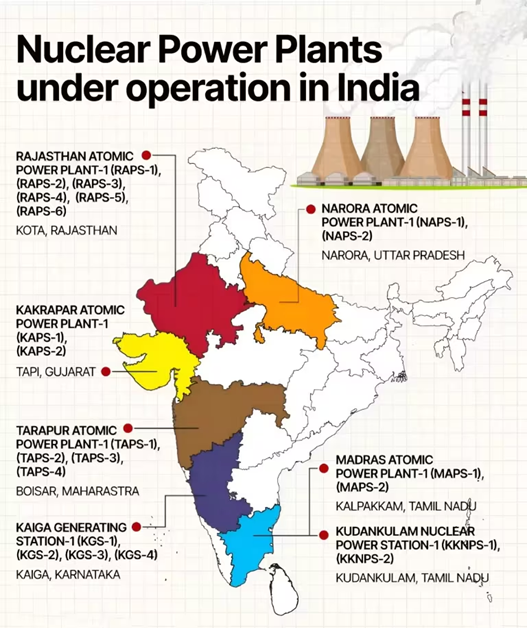
|
India's active participation in multilateral export control regimes and adherence to key international convention:
|

